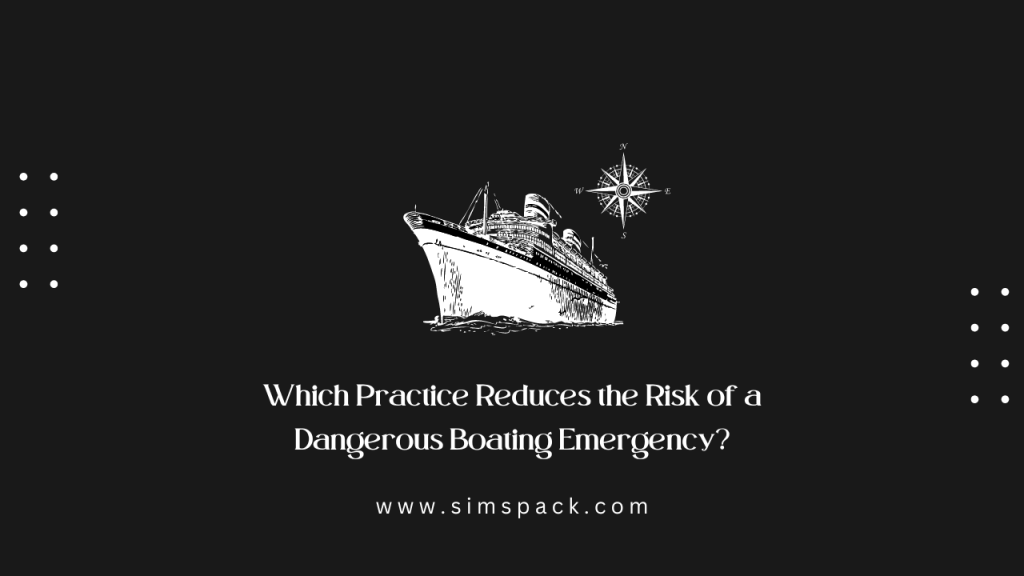The expanse of glittering water, the hum of the motor, and the thrill of an adventure on the high seas. Boating is an exhilarating experience that appeals to individuals across the world. However, it also presents a set of challenges that demand attention. Boating emergencies can occur suddenly, posing significant risks to those aboard. But fear not, safe boating is an achievable goal. It requires a blend of responsible behavior, preparation, knowledge, and attentiveness. In this article, we’ll discuss Which Practice Reduces the Risk of a Dangerous Boating Emergency?
Understanding Which Practice Reduces the Risk of a Dangerous Boating Emergency and Their Causes
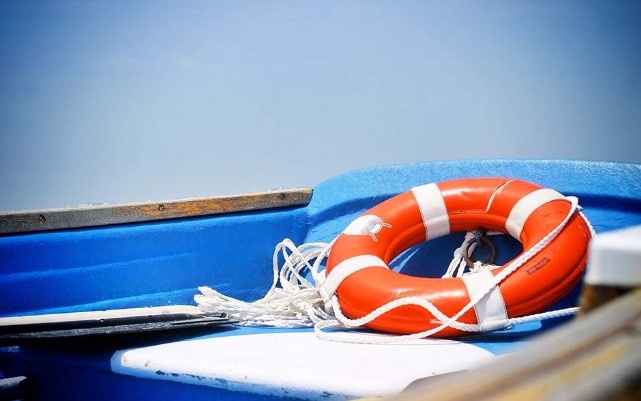
The first step in emergency prevention is understanding what constitutes a boating emergency. Incidents can range from mechanical failures, severe weather conditions, grounding, capsizing, falls overboard, to fire on board. The common thread amongst these emergencies? The majority are preventable.
The main cause behind boating emergencies is human error. Inexperience, recklessness, and complacency have been found to lead to a substantial number of accidents. Understanding this places the power in the hands of every boater. By committing to responsible behavior and investing in learning, we can dramatically reduce the occurrence of these unfortunate incidents.
Safety Measures to Mitigate Risk
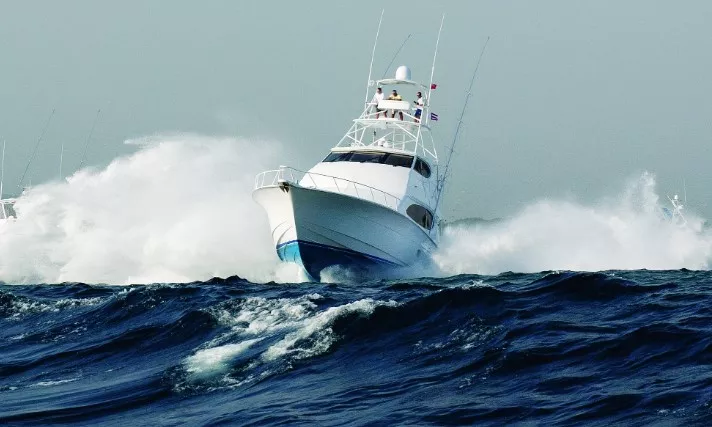
Equip Yourself with Knowledge and Skills
Enrolling in boating courses or earning certifications focusing on emergency preparedness is a crucial step. Comprehensive knowledge about boating rules and regulations, navigation, handling emergencies, and basic first aid can immensely impact your ability to prevent and manage emergencies.
Stay Updated on Weather Conditions
Weather conditions can rapidly change in the open sea. Staying updated on weather forecasts can ensure you’re prepared for adverse conditions, allowing you to avoid boating during rough weather. Modern technology offers real-time updates and alerts to keep you informed.
Develop a Pre-departure Checklist
Before every trip, it’s essential to inspect your vessel thoroughly. Check your engine, lights, fuel, battery, and ensure that your emergency equipment is functioning correctly. A pre-departure checklist can help you stay organized and ensure you haven’t overlooked any essential checks.
Equip Your Boat with Necessary Safety Equipment
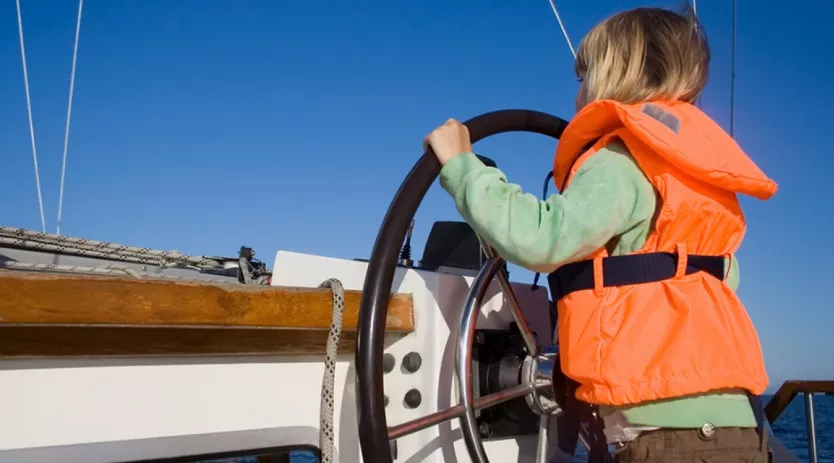
Ensuring that your boat is equipped with necessary safety equipment is paramount. This includes life jackets for everyone on board, throwable flotation devices, fire extinguishers, flares, sound-signaling devices, and a first aid kit. Additionally, consider investing in an Emergency Position Indicating Radio Beacon (EPIRB) or a Personal Locator Beacon (PLB) for instances when you might need to call for help.
Practice Safe Navigation
Being attentive and practicing safe navigation can prevent accidents like collisions and groundings. Maintain a proper lookout, adhere to speed limits, respect navigational buoys and markers, and avoid dangerous waters.
Emergency Response Protocols for Boaters
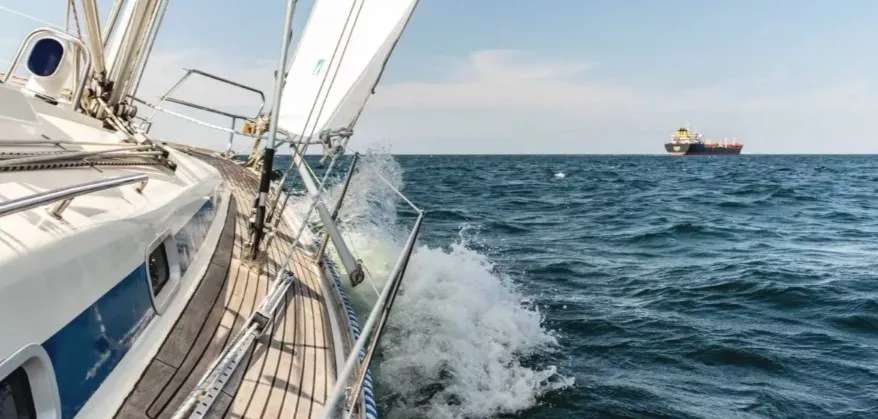
Even with all preventive measures in place, emergencies can still occur. Knowing how to respond can make a significant difference. Here’s where knowledge from boating courses comes in
The Power of Effective Communication Systems
Communication is key during any boating trip, especially in the event of an emergency. A reliable VHF marine radio is an essential piece of equipment that allows for communication with coast stations and other vessels. Cellphones, while useful for communication, should never be the sole means of communication as they can be unreliable in remote areas or at sea.
Furthermore, consider learning and understanding visual distress signals, such as flares and flags, and sound signals like bells, whistles, or horns. An understanding of these forms of communication can facilitate a quicker response during emergencies.
The Importance of Regular Drills and Practice
Emergencies don’t come with warnings. In a stressful situation, the chances of error are high, particularly if you haven’t practiced your response. Regular drills of man overboard, fire, and abandon ship scenarios can help you and your crew to respond efficiently and effectively during an actual emergency.
Drills should be conducted seriously, treated as actual events rather than theoretical exercises. The more practiced you are in responding to these situations, the less likely you’ll panic or make mistakes if such an incident were to occur.
The Role of Fitness and Health in Boating Safety
While not often discussed, physical fitness and health can have a significant impact on boating safety. Stamina, strength, and the ability to swim can be vital in many emergency situations. Moreover, a healthy person is more likely to have the mental sharpness required for quick decision-making during crises.
In addition to this, alcohol and drugs have a notorious reputation in boating accidents. According to the U.S. Coast Guard, alcohol use is the leading known contributing factor in fatal boating accidents. As a responsible boater, it is paramount to understand the dangers of boating under the influence and avoid such behavior.
Advocating for a Culture of Safety in Boating
While individual efforts can go a long way in preventing boating emergencies, a culture that prioritizes safety is also crucial. Encourage others in your boating circles to follow safety protocols, share your knowledge, and foster a sense of responsibility in your boating community. Remember, safety is everyone’s responsibility.
A Safer Boating Experience
As we anchor this conversation, remember that safety on the water should never be an afterthought. From understanding the causes of emergencies, adopting safety measures, equipping your boat with essential safety tools, practicing regular drills, to advocating for a culture of safety, every step we take towards safer boating has a significant impact. And the ultimate reward? A joyous and safe boating experience.
Don’t let the fear of emergencies keep you ashore. Equip yourself with knowledge, adhere to safety measures, and respect the mighty seas. Happy and safe boating to all!
The Principle of Defensive Boating
Defensive driving is a concept we’re all familiar with, but have you ever thought about applying the same philosophy to boating? Defensive boating is a practice where you assume that other boaters may not be as vigilant or knowledgeable as you. This practice encourages you to be cautious and always prepared for any potential errors others may make, allowing you to avoid accidents proactively.
This approach includes maintaining a safe speed, keeping a proper distance from other vessels, being particularly cautious in crowded or high-traffic areas, and always respecting right-of-way rules. Remember, your safety and that of others on the water should always be the highest priority.
Incorporating Technology for Enhanced Safety
With advancements in technology, there are several tools and apps available that can enhance your safety on the water. For instance, GPS devices not only help in navigation but can also track your route, which can be extremely useful in situations where visibility is poor due to weather conditions or darkness.
Marine radar systems can detect objects in the water, helping to avoid collisions, especially in foggy conditions or at night. Additionally, Automatic Identification System (AIS) receivers can give you real-time information about the speed and direction of other nearby vessels, helping you make informed decisions and prevent accidents.
Understanding the ‘Cold Water Shock’ and How to Prevent It
One common and potentially fatal boating emergency is the cold water shock, which occurs when someone falls into cold water, leading to an involuntary gasp reflex and inhalation of water. While wearing a life jacket is a critical preventive measure, understanding this phenomenon and how to respond can make a significant difference.
If you find yourself in cold water, try not to panic. Remember the 1-10-1 principle: You have 1 minute to control your breathing, 10 minutes of meaningful movement to self-rescue, and approximately 1 hour before becoming unconscious due to hypothermia. Training yourself and your crew in these survival techniques can be life-saving.
Safe Anchoring Practices
Improper anchoring can lead to boating emergencies such as grounding, collisions, or even capsizing. Understanding the type of seabed, using the appropriate anchor and enough rode (the anchor line), considering the weather, tide, and the number of other boats around you, are all essential factors for safe anchoring.
Also Read: SEO for E-commerce Primelis: (Latest Review) 2023
Frequently Asked Questions
FAQ 1: What is the most effective way to reduce the risk of a dangerous boating emergency?
Answer: The most effective way to reduce the risk of a dangerous boating emergency is to prioritize boating safety through proper preparation and adherence to safety guidelines. This includes ensuring your boat is in good working condition, carrying essential safety equipment, and obtaining proper training and certifications.
FAQ 2: What safety equipment should I have on board to reduce the risk of emergencies while boating?
Answer: To reduce the risk of boating emergencies, you should have essential safety equipment on board, including life jackets for all passengers, a throwable flotation device, a fire extinguisher, navigation lights, a first aid kit, and signaling devices such as flares and a whistle.
FAQ 3: How can I reduce the risk of capsizing or sinking while boating?
Answer: To reduce the risk of capsizing or sinking, ensure your boat is not overloaded with passengers or gear, follow proper weight distribution guidelines, and be mindful of adverse weather conditions. Regularly check and maintain your boat’s hull, bilge pumps, and drainage systems to prevent water accumulation.
FAQ 4: What should I do in case of adverse weather conditions to minimize the risk of an emergency?
Answer: If you encounter adverse weather while boating, it’s essential to take immediate action to reduce the risk of an emergency. This may include heading to shore, dropping anchor in a sheltered area, or following a predetermined emergency plan. Monitoring weather forecasts before your trip is also crucial to avoid getting caught in severe weather.
FAQ 5: How can I reduce the risk of collisions with other vessels or obstacles while boating?
Answer: To minimize the risk of collisions, always maintain a proper lookout, follow navigational rules, and be aware of your surroundings. Keep a safe distance from other vessels and obstacles, especially at night or in restricted visibility. Additionally, consider taking a boating safety course to improve your navigation skills and knowledge of maritime rules.
Final Words
Finally, we hope this guide is enough to understand Which Practice Reduces the Risk of a Dangerous Boating Emergency? It’s not just the engine that needs regular checks; other systems like steering, fuel, electrical, and bilge systems, also require periodic inspections. Proper boat maintenance can help you identify potential issues before they turn into emergencies.

